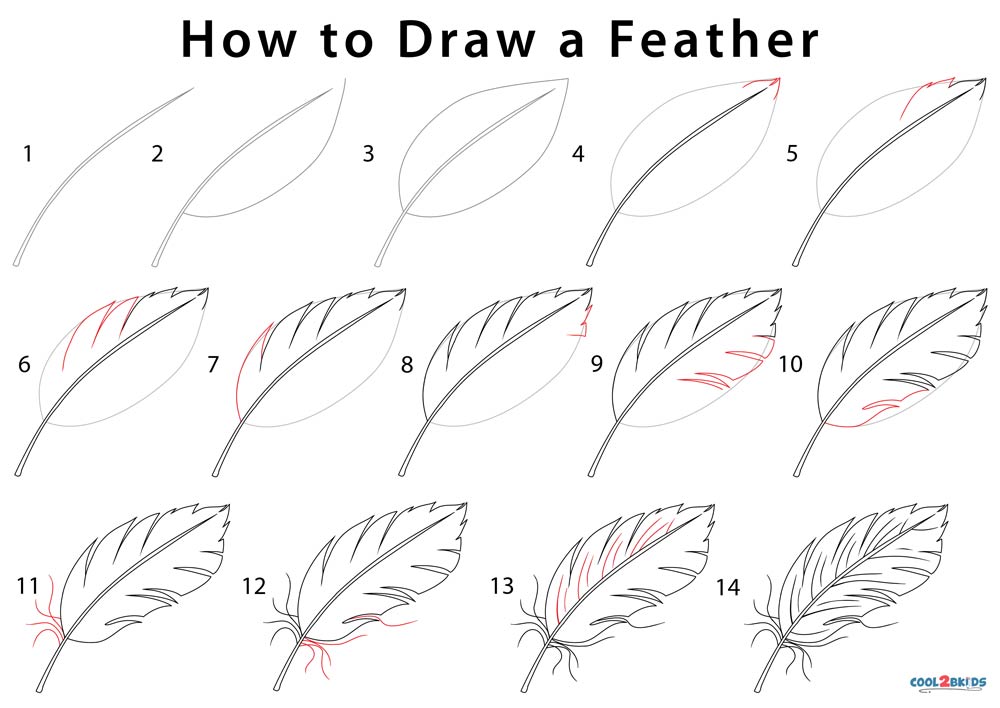A few muzzle tricks by vijaylante on deviantart
Table of Contents
Table of Contents
If you’re an artist, you know that one of the most challenging parts of drawing an animal is getting the muzzle right. The muzzle is a key feature that gives an animal its identity, and getting it right can make all the difference between a beautiful drawing and something that just doesn’t quite look right.
Many artists struggle with how to draw muzzles, often finding it frustrating and difficult to capture the right shape, proportions, and textures to make their drawings really shine. Whether you’re just starting out or you’ve been drawing animals for years, it’s always helpful to have a few tips and tricks up your sleeve to make the process easier and more successful.
How to Draw Muzzles
First, make sure you have a good reference image to work from. This can be a photograph, a drawing, or a video. Look for references that show the animal from multiple angles so you can get a better understanding of the three-dimensional shape of the muzzle, as well as how it moves and changes with different expressions.
Once you have your reference, take a moment to study the basic proportions of the muzzle. Different animals have different shapes and sizes of muzzles, so it’s important to get a feel for what you’re working with before trying to add in details like fur or whiskers.
One helpful tip is to simplify the muzzle into geometric shapes that you can then build upon. For example, you might start with a basic rectangular shape for the nose and a triangular shape for the upper lip, then add in circles for the nostrils and an oval for the bottom lip.
Personal Experience: My Process for Drawing Muzzles
Personally, I like to start with a rough sketch of the overall shape of the animal’s head and then work my way down to the muzzle. This allows me to get a better sense of how the muzzle fits into the larger composition of the drawing, as well as how it interacts with other features like the ears and eyes.
When it comes to adding details like fur or whiskers, I try to keep things loose and gestural. Muzzles are full of texture and movement, so I find it helpful to work with quick, sweeping strokes that can capture that sense of energy and motion.
Tips for Drawing Muzzles with Realism and Detail
If you’re looking to take your muzzle drawing game to the next level, there are a few additional tips and tricks that can help you create truly stunning and detailed drawings. For example:
- Pay close attention to the direction and length of the animal’s fur. This can change depending on the part of the muzzle you’re drawing, as well as the animal’s breed or species.
- Remember to vary your line weight to simulate the different textures and forms of the muzzle. Thicker lines can suggest shadows or highlights, while lighter lines can indicate soft fur or whiskers.
- Don’t be afraid to experiment with different materials and techniques to achieve the effects you’re looking for. For example, you might try using a light-colored pencil or marker to add highlights to a dark-furred muzzle, or use a stippling technique to suggest dense fur or whiskers.
Getting Creative: Using Muzzles in Your Artwork
If you’re feeling confident in your muzzle drawing skills, why not try incorporating them into your artwork in new and interesting ways? For example, you could:
- Use the muzzle as a focal point of your composition, using strong lines and contrasting colors to draw the viewer’s eye to that area.
- Experiment with different angles and perspectives, drawing muzzles from unusual angles or exaggerating their size to create striking and unusual images.
- Combine muzzles with other animal features, such as wings or scales, to create hybrid creatures that merge different species together in unexpected ways.
Question and Answer
Q: How can I practice drawing muzzles?
A: One great way to practice is to find references of different animals and draw their muzzles from different angles and expressions. You might also try drawing quick sketches or studies of muzzles to improve your understanding of their basic shapes and proportions.
Q: What are some common mistakes artists make when drawing muzzles?
A: One common mistake is to try to draw too many details too quickly, without first establishing the basic shapes and proportions of the muzzle. Another mistake is to rely too heavily on outlines or flat shading, which can make the muzzle look unnatural or static.
Q: How can I make my muzzle drawings look more realistic?
A: One helpful tip is to vary your line weight to suggest texture and depth, as well as to pay close attention to the direction and length of the animal’s fur. You might also experiment with different materials and techniques to achieve the effects you’re looking for.
Q: What are some resources for learning more about how to draw muzzles?
A: There are many great tutorials and articles online that can help you improve your skills, as well as books and workshops offered by professional artists. Some specific resources include DeviantArt, Pinterest, and YouTube.
Conclusion of How to Draw Muzzles
Whether you’re an aspiring artist or a seasoned pro, learning how to draw muzzles is an essential skill for capturing the beauty and complexity of animals in your artwork. By following these tips and tricks, you can improve your technique and create stunning, detailed drawings that truly capture the essence of your favorite animals.
Gallery
Pin On Drawing Tutorials

Photo Credit by: bing.com /
Pinemutt: “Someone Asked Me For A Quick Tutorial On How I Draw Muzzles

Photo Credit by: bing.com / muzzles
A Few Muzzle Tricks! By Vijaylante On DeviantArt

Photo Credit by: bing.com /
I’m Still Learning How To Draw Furries. The Muzzle Is The Part I Have

Photo Credit by: bing.com /
Pin On Drawing

Photo Credit by: bing.com / draw anthro muzzles sonic drawing artists wolf reference drawings animal tutorial deviantart google getdrawings





